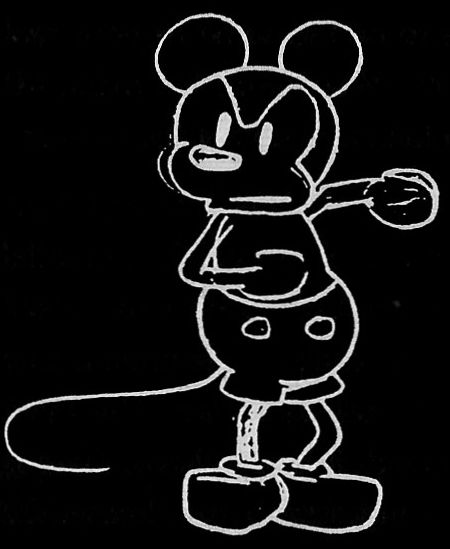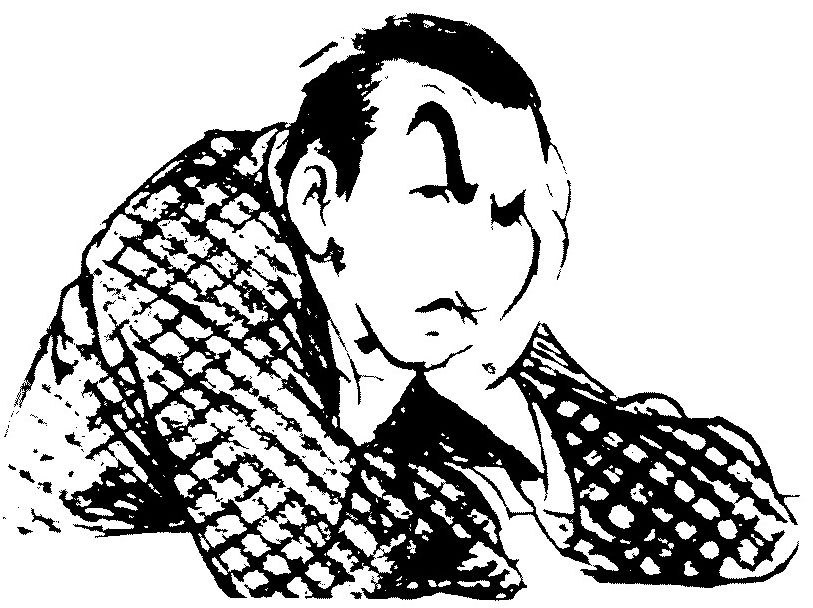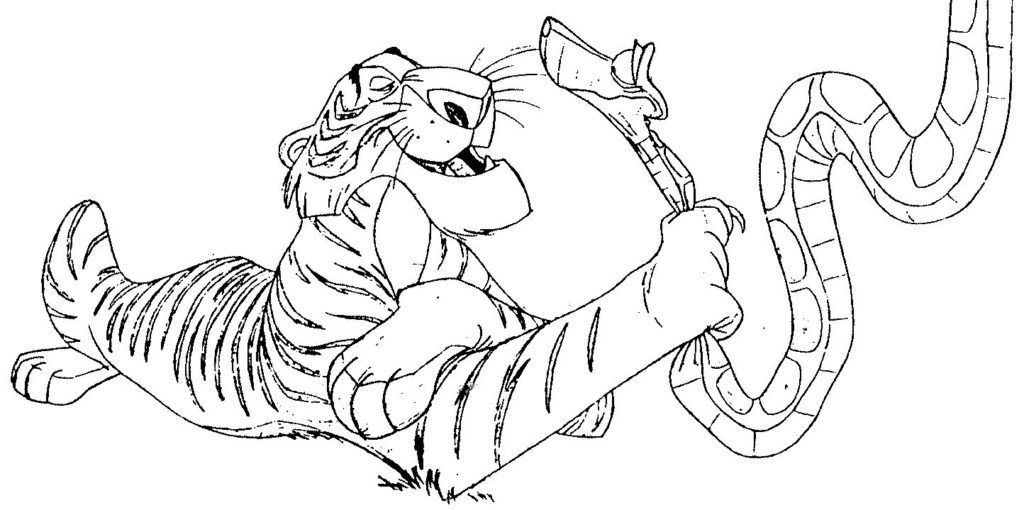Against Disney
Munich, Germany – The mayor of the Bavarian city of Dachau has banned Mickey Mouse and other American cultural emblems from fairgrounds, in a letter to the Bavarian Showman’s Society made public on Wednesday. “Why in the world do Bavarian and German fairground entertainers find it necessary to decorate their worthy and highly valued businesses with these stupid and tasteless decorations and names?” Mayor Lorenz Reitmeier asked. Dachau would no longer tolerate fairground rides bearing such “idiotic” slogans and designs, Reitmeier said.

Unquestionably, Disney are the greatest producers of animated features. But recently, I’ve experienced growing disenchantment with the current state of the studio, partly based on their output, partly on the behaviour of the Disney corporation. Now, I could talk about concepts such as the proposed “Disney’s America”, including an attraction which, according to one executive, would “make you feel what it was like to be a slave” (a comment rapidly disowned!). But the TC libel lawyers are still working through the ideologically-loaded concepts that litter Disneyland, so
let’s start instead with an important subject in the Magic Kingdom: money.
In 1993, Disney’s chairman Michael Eisner was paid a cool $203m. Doubly stunning, when you realise the entire company’s profit that year was less than $300 million. Is this the same company who sent round that famous memo decrying the rise of the blockbuster and telling everyone to think small? Clearly the advice did not apply to Eisner’s pay cheque. Indeed, Jeffrey Katzenberg, then head of Disney Studios, reputedly once declined the vice-president post as he’d then be legally obliged to disclose his (embarrassingly large) salary. This sort of hypocrisy may help explain why Disney, together with McDonald’s and H.Ross Perot’s EDS, rank high among companies I’d least like to see running the planet.
To discuss the studio’s current state, we need an awareness of Disney’s history. It may be hard to believe now, but there was a time when cartoons were for everyone: an evening at the movies would include a B-feature, a newsreel and, before the main attraction, almost always a cartoon. This could be sexy – or at least, as sexy as was permitted in those days – and violent almost to the point of sadism; many Warner Bros. and almost all of MGM’s ‘Tom and Jerry’ cartoons have a level of aggression that Van Damme would find tough to match.
However, Disney were first to move into feature-film production, with high quality, feature length movies such as ‘Snow White’. The horrendous costs involved discouraged others: most stuck to shorts, leaving Disney with a virtual monopoly on films. But given the frightening price of intensive full-scale cel animation, for a movie to be financially viable, it had to be seen by the biggest audience possible. A ‘G’ rating was therefore an economic necessity.
Walt did not, I feel sure, intend to drive animation down into the ghetto of family viewing, but because of this restriction, that’s where it spent thirty years, in America at least. Other studios, unable to compete in quality, cut costs by simplifying backgrounds and reducing the effective frame rate. The world of animation entered what we might refer to as the Dark Ages, populated by such “masterpieces” as Scooby Doo and The Flintstones.
Today, Disney remain the number one studio in the world, a position they could use to help animation become an art form worthy of respect and success, both critical and popular. Instead, they still insist on that ‘G’ rating for every Disney animation, confusing family values and family entertainment. This stifles the creativity of some of the best animators in the world – it’s as if someone had told Salvador Dali he could only paint portraits. Little wonder they rebel: witness the snatch of Jessica Rabbit (pun intended) in ‘Who Framed Roger Rabbit?’. Until it was pulled, the laser-disc also had an advert saying ‘For a good time, call Alyson Wonderland’, giving chief executive Michael Eisner’s home telephone number.

As an example, look at “Beauty and the Beast”. It had moments of real tension between the two eponymous characters. But whenever the pair threatened to achieve the heights of real drama…on would come the talking crockery and dancing candlestick, destroying the whole effect. I’d love to see the Disney animators given full rein to unleash their talents on a more challenging subject than light romantic comedy.
Look through Disney’s catalogue, you’ll see a frightening percentage of public domain stories: “Aladdin”, “Sleeping Beauty”, “Snow White”. Nor were the authors of “The Jungle Book”, “Peter Pan” and “The Little Mermaid” around to negotiate good deals or complain if their stories were sanitised (“The Little Mermaid” doesn’t have a happy ending – and have you read The Brothers Grimm? Not nice…). Even the supposedly original “Lion King” bears certain resemblances to Japanese series “Kimba the White Lion”. This parsimonious approach extends further: Robin Williams played the part of the genie in ‘Aladdin’ for a minuscule fraction of his standard fee but Disney still broke their agreement by using his voice for a burger commercial.
Such morality is scarcely unique. ‘Aladdin’ saw a rapid change to the lyrics of one song after complaints from the Arab community, and Disney also took the unprecedented step of withdrawing and changing all the prints of a live-action film recently, after a couple of kids were run over imitating a stunt therein, where people lay down in the middle of the freeway. The sensible reaction might have been to enquire precisely what the victims thought would happen if they lay down in the middle of the freeway, but once again, Disney were the caring studio. Screw art, let’s be socially responsible.
Or at least, pretend to be socially responsible. Much was made of the fact that Belle in ‘Beauty and the Beast’ read books (wow, welcome to the 20th century), while the bad guy was a jock, brawn and no brain. However, it was badly blown in the final reel when the beast turned into an almost exact reproduction of the villain, only to have Belle swoon over him like any other bimbo. If there’s one thing I hate more than political correctness, it’s fake political correctness.

Quick question. Name the hero in ‘101 Dalmatians’. Tough, huh? On the other hand, no points for remembering who the villainess was! It’s not generally known that Cruella de Vil was, to a large extent, inspired by Myra Hindley – the blond hair, the cruelty, the fur coats. Okay, actually this is complete fabrication, but the very fact that it seemed vaguely plausible, even for a single sentence, tells you something about Disney villains. The heroes and heroines are nowhere near as memorable, because they are all ground down to the point of blandness.
Things would be ok, if Disney were just one colour in a spectrum of animation studios. But while in live-action movies, there exists a rainbow of producers with almost anything possible, virtually every feature film animation made in the States over the past thirty years has been “Disneyfied”. Chief among the D-clones is Don Bluth, an ex-Disney animator who now makes features which are indistinguishable from the original product, except by their technical inferiority. In this country, it’s Nick Park and his bloody plasticine penguins that occupy the same position, with their relentless repetition of a bland comedy theme.
However, there has recently been an upsurge of hope; names like Plimpton and Chung have shown that there are still animators willing to work outside the system, and have shown that there is more to the field than banal rehashes of familiar tales. Unfortunately, it may be a while before anyone gives them $20 million dollars for a movie. The major cause for optimism is that of the trio responsible for Disney’s “success”, Katzenberg and Wells have gone, and Eisner recently underwent quadruple bypass heart surgery. I wouldn’t sell the man any life insurance.
But just as non-stop pizza deadens the palate, so Disney’s unending supply of cloying entertainment is detrimental to movie-goers in general, and animation in particular.